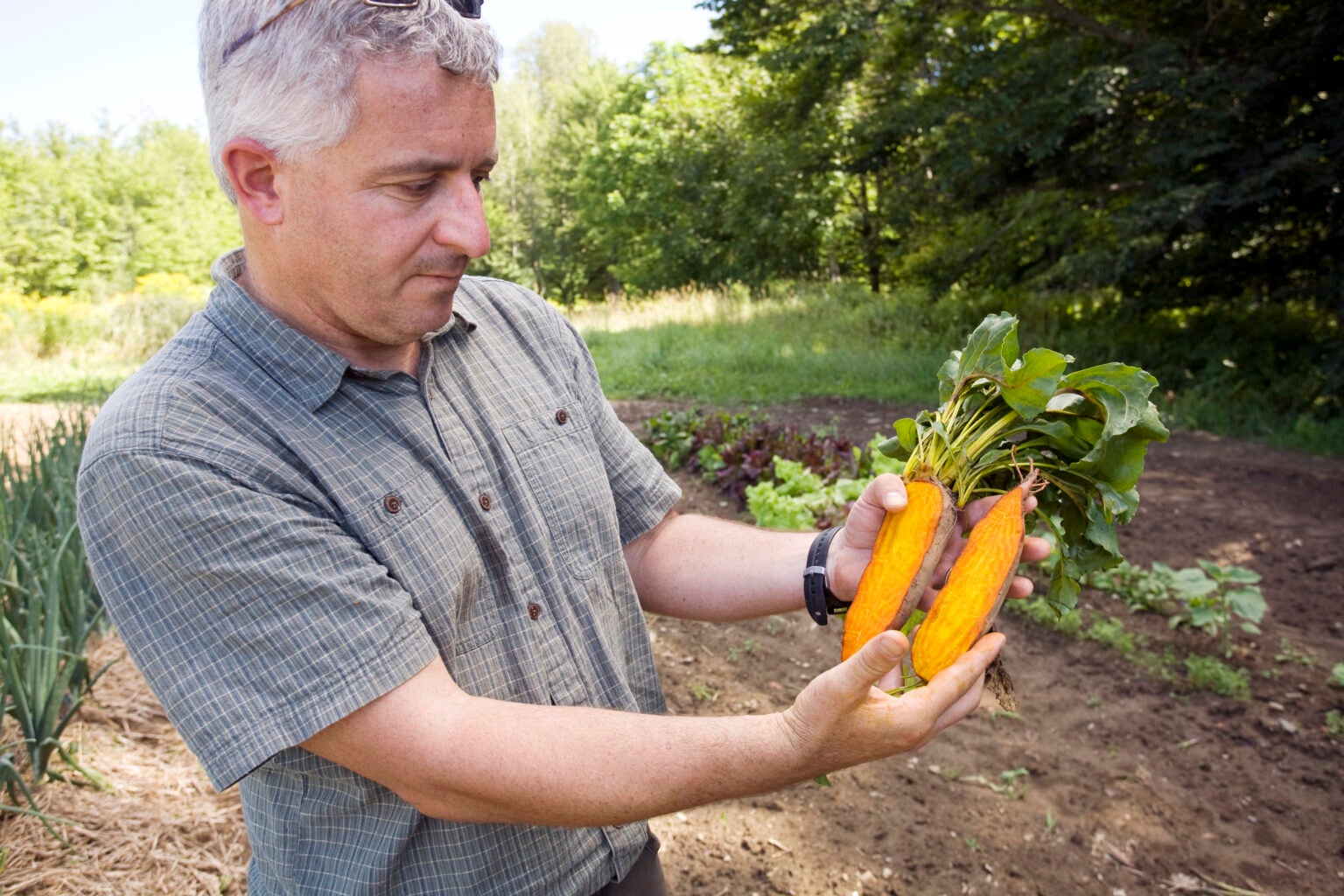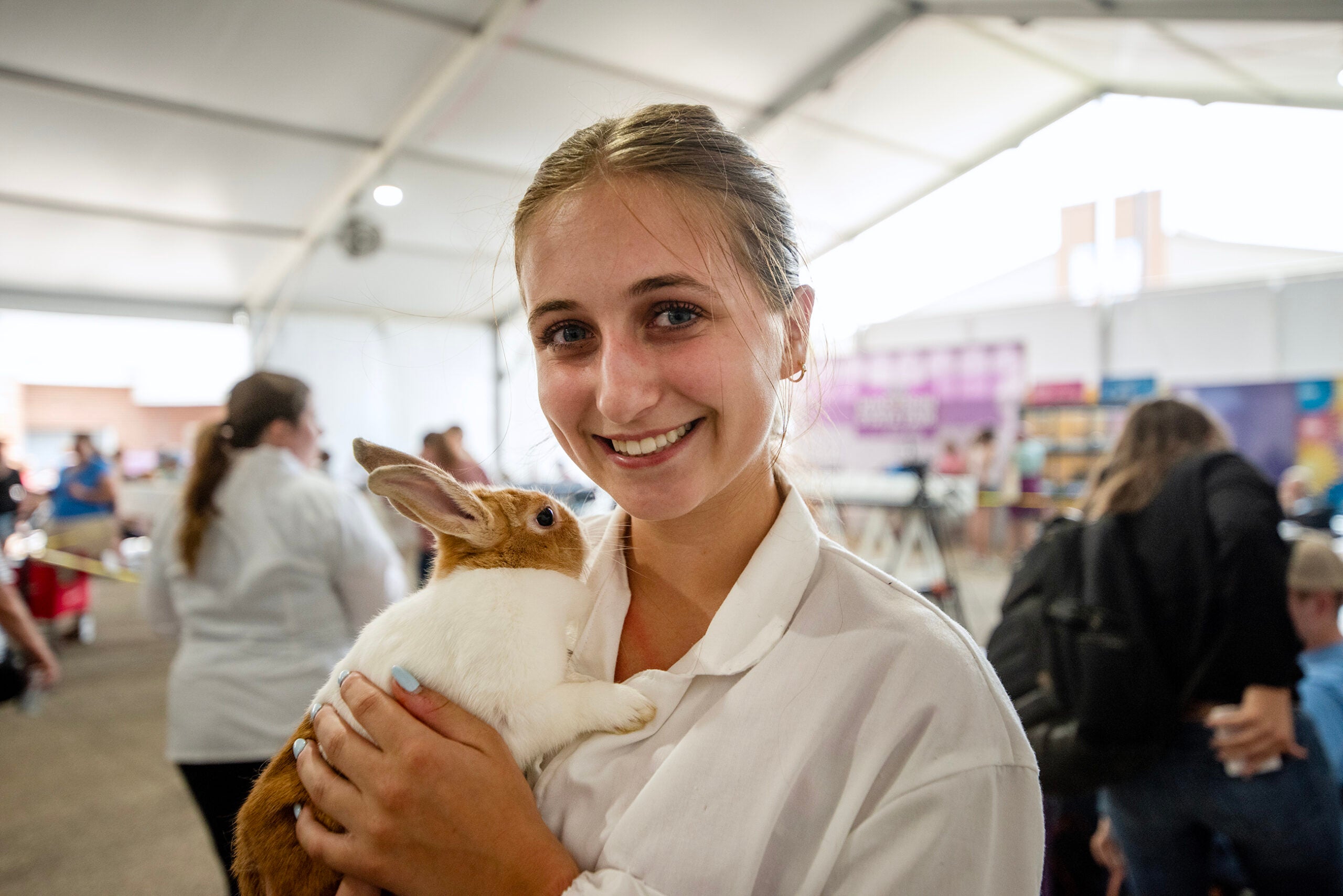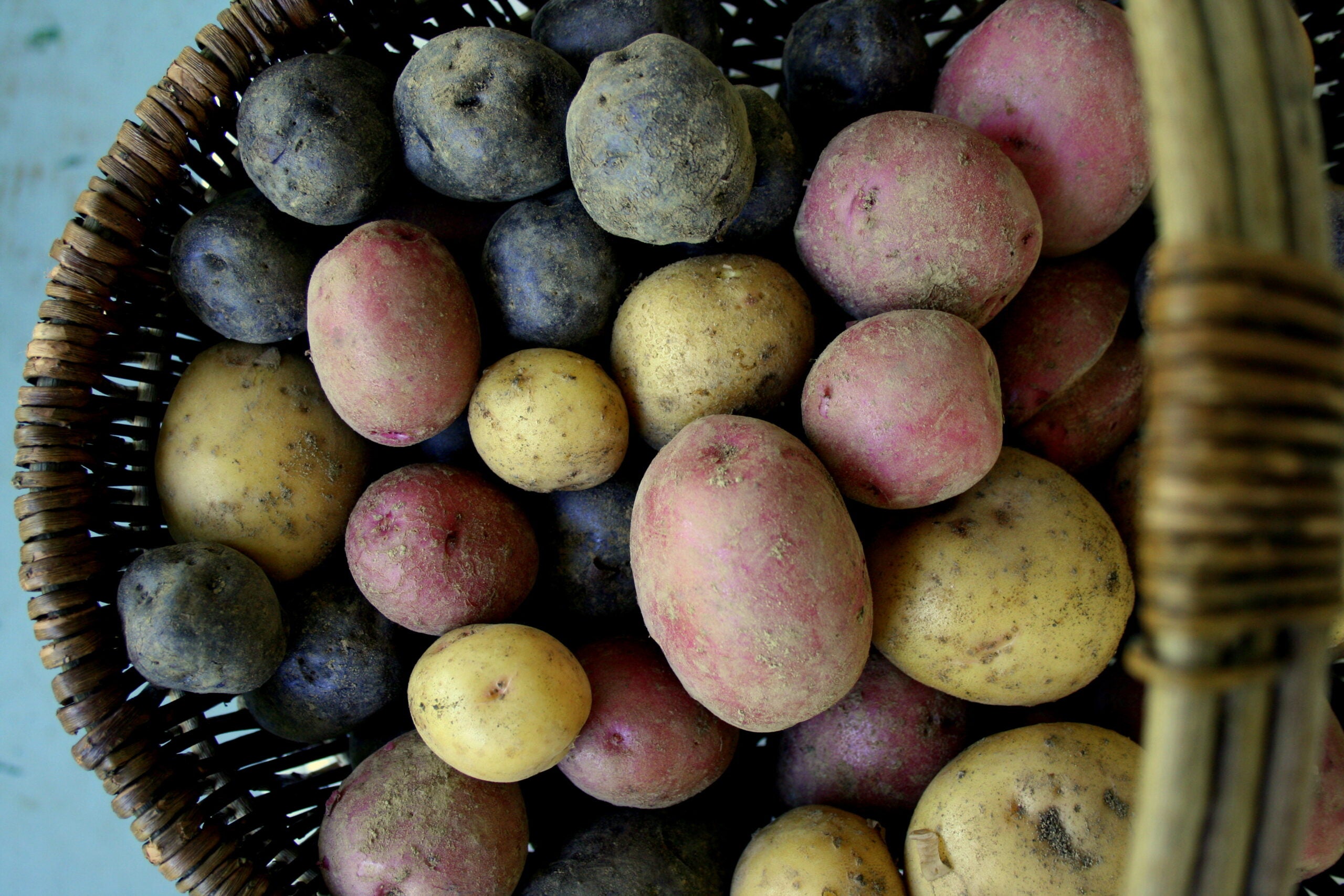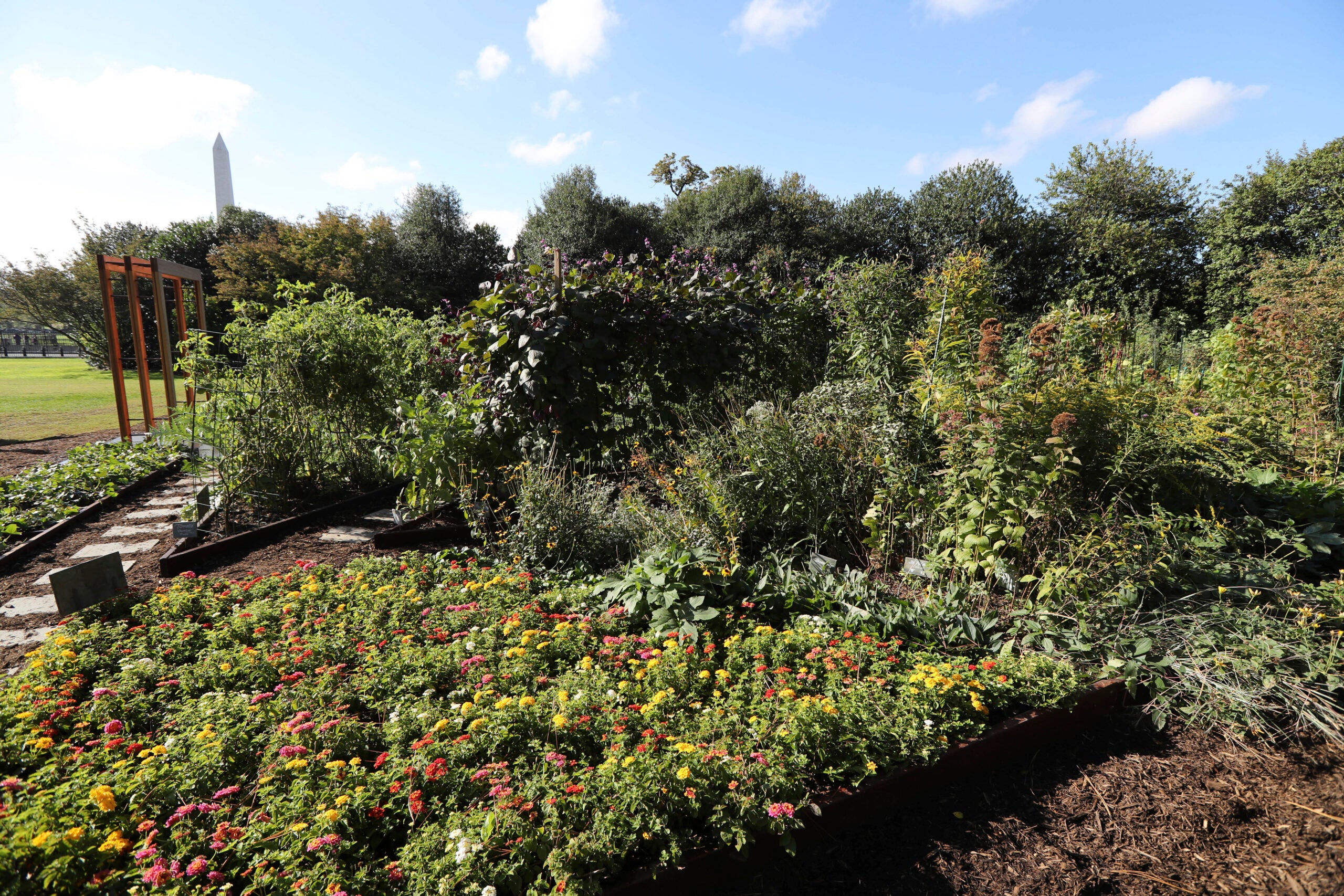Wisconsin vegetable gardeners understandably want to make the most of the state’s brief growing season, so it’s not surprising that many stick to planting the tried and true.
Being aware of the latest trends in consumption and production may lead to a more productive and satisfying yield.
Irwin Goldman, professor and interim senior associate dean in the Department of Plant and Agroecosystem Sciences at the University of Wisconsin-Madison, recently visited WPR’s “The Larry Meiller Show” to discuss new vegetable varieties.
News with a little more humanity
WPR’s “Wisconsin Today” newsletter keeps you connected to the state you love without feeling overwhelmed. No paywall. No agenda. No corporate filter.
Goldman believes variations on old favorites are gaining traction with vegetable lovers.
“I’m seeing a lot of diversifying in the type of varieties that consumers are interested in,” Goldman said. “I don’t know how many decades we all ate orange carrots. But now purple carrots and yellow carrots and even red carrots are easily found and are of great interest to consumers.”
Carrots aren’t the only crop becoming more colorful. Citing purple broccoli and orange cauliflower as other variants gaining in popularity, Goldman thinks there’s more to these variations beyond just looking good.
“We eat with our eyes,” Goldman said. “This encourages, I think, people to eat more vegetables.”
Goldman’s own research grows out of his love of vegetables, particularly beets, carrots and onions.
“Those three crops have been historically important to the state of Wisconsin,” Goldman said. “Beets and carrots are canning crops and onions have always been a mainstay of the vegetable production of the state.”
Goldman said he’s particularly proud of the work he and his colleague Nick Breitbach have done in creating the Badger Flame beet.
“This goes back about 25 years or so,” Goldman said. “We wanted to diversify the varieties that were available to consumers because people would say, ‘Beets taste like dirt to me.’”
“So the Badger Flame beet has had a nice response. You can eat it fresh, just like you eat a carrot,” he said, “and you get a little hint of the earthiness but mostly sweetness.”
Goldman said as word of mouth continues to grow around the Badger Flame beet, the variety will be more readily available.
Goldman’s ongoing research could also make some vegetables more available to those who can’t enjoy them. For example, oxalic acid is a naturally occurring substance found in many vegetables such as beets and sweet potatoes. But for some, the consumption of too much oxalic acid can lead to the formation of kidney stones.
“So one of the things we’ve been trying to do is create low oxalate versions of those plants,” Goldman said. “I do think we will eventually succeed.”
In addition, Goldman is working on developing different varieties of carrots and onions.
“We have a carrot that you could hold in your hand. It’s almost a wedge shape. It’s maybe the size of a sweet potato. We have some carrots that are purple on the outside and orange on the inside. And a big part of our onion program has focused on early maturity, something you could harvest early.”
As much as Goldman loves his work, he said it’s the people that inspire him the most.
“I love creating new varieties of vegetables,” he said. “But probably the best thing that we produce in our program is the trained people that go out and do great things in the world.”
For more information on planting vegetables, the UW-Madison’s Learning Store offers a wide variety of free publications on vegetable gardening.







